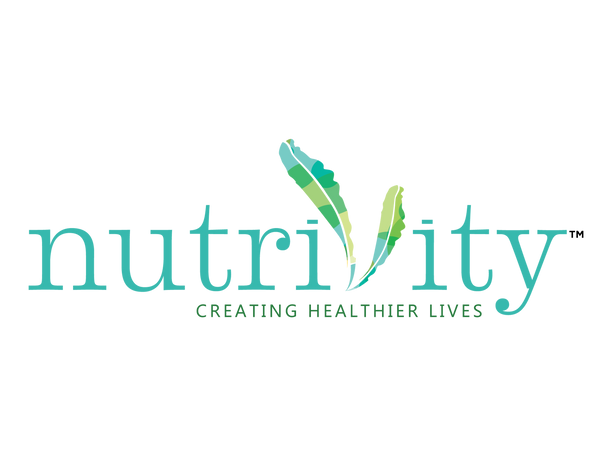
What is Prolactin?
Prolactin (PRL) is a pituitary hormone that stimulates breast milk production in women after childbirth. It has since been shown to have more than 300 functions in the body. These can be divided into a number of areas: reproductive, metabolic, regulation of fluids (osmoregulation), regulation of the immune system (immunoregulation) and behavioural functions.
Why is the prolactin test done?
Women
Women with prolactinoma symptoms may need the test. Prolactinoma is a noncancerous tumor on the pituitary gland that produces high levels of prolactin.
Symptoms of prolactinoma in women include:
- unexplained headaches
- visual impairment
- galactorrhea, or lactation outside of childbirth or nursing
- pain or discomfort during sex
- abnormal growth of body and facial hair
- abnormal acne
The test is usually performed on people with prolactinoma to keep track of the tumor’s response to treatment.
In addition, the prolactin test may be needed if you’re having fertility problems or irregular periods. The test can also rule out other pituitary gland or hypothalamus problems.
Men
Men may need the test if they display symptoms of prolactinoma. Symptoms of prolactinoma in men include:
- unexplained headaches
- visual impairment
- reduced sex drive or fertility problem.
- erectile dysfunction
- abnormal lack of body and facial hair
The test may also be used to:
- investigate testicular dysfunction or erectile dysfunction
- rule out problems with the pituitary gland or hypothalamus
Test for prolactin
Experts suggest doing a prolactin blood test 3-4 hours after waking up. Avoid breast stimulation, sexual intercourse, physical exams, and stress the day before and that morning. This also means that you shouldn’t have a breast exam right before the blood draw, a mistake that sometimes happens. The doctor may suggest taking another blood sample in 30 mins to minimize the effects of stress and other external factors.
- Normal Levels
Normal prolactin blood levels vary between sexes: they range between 4-23 ng/mL (mcg/L) in adult nonpregnant women and 3-15 ng/mL in men.
|
Men |
3-15 ng/mL (mcg/L) |
|
Nonpregnant women |
4-23 ng/mL (mcg/L) |
|
Pregnant women |
34-386 ng/mL (mcg/L) |
|
Children |
3.2-20 ng/mL (mcg/L) |
- In women, prolactin slightly varies depending on the phase of the menstrual cycle. During pregnancy, levels increase and can reach up to 20x the normal values before childbirth.
- On the other hand, prolactin levels remain constant in healthy men and slightly drop with aging. They may peak in response to stress and other factors discussed below.
High Prolactin Levels
High blood prolactin (>25 ng/mL) or hyperprolactinemia mostly affects young women (25-34 years). The most common causes of hyperprolactinaemia include pregnancy, medications that reduce dopamine action in the body, thyroid underactivity and benign pituitary tumours (known as prolactinomas). Symptoms can include the unwanted production of milk, disturbances to the menstrual cycle and symptoms due to oestrogen deficiency (in women) or testosterone deficiency (in men). The vast majority of patients with a prolactinoma can be treated successfully using drugs which mimic the action of dopamine. The most commonly used is cabergoline.
Low Prolactin levels
The condition of having too little prolactin circulating in the blood is called hypoprolactinaemia. This condition is very rare and may occur in people with pituitary underactivity. A decrease in the amount of prolactin secreted can lead to insufficient milk being produced after giving birth. Most people with low prolactin levels do not have any specific medical problems, although preliminary evidence suggests they might have reduced immune responses to some infections.
Tips to manage prolactin levels:
- High prolactin levels
Dopamine agonists such as bromocriptine (Parlodel and Cycloset) are the most common treatment for high levels of prolactin. These medications help the brain produce dopamine to control high prolactin levels. They can also shrink prolactinoma tumors.
Other steps you can take to lower your prolactin levels include:
- changing your diet and keeping your stress levels down
- stopping high-intensity workouts or activities that overwhelm you
- avoiding clothing that makes your chest uncomfortable
- avoiding activities and clothing that overstimulate your nipples
- taking vitamin B-6 and vitamin E supplements
Vitamin B-6 is part of the dopamine production process, and higher levels can reduce prolactin levels. Vitamin E naturally prevents rises in prolactin levels. Talk to your doctor or nutritionist before changing your intake of vitamins or other supplements.
Low prolactin levels and natural Ways to Stimulate Milk Production
Women with inadequate lactation often seek natural ways to boost prolactin. Supplements that can stimulate milk production (galactagogues) include:
High levels of oxytocin after childbirth are also essential to increase prolactin and stimulate milk ejection. The following factors support lactation by increasing mother’s oxytocin :
- Intimate contact with her baby
- Hearing the baby cry for food
- Loving thoughts about the baby
- Support and comfort from her environment
The following activities may boost prolactin levels, but the clinical significance of this effect is not clear:
- Sleep
- Sex
- Exercise
- Eating
In rare cases, abnormally low prolactin may have more serious consequences such as infertility and thus require medical attention.

